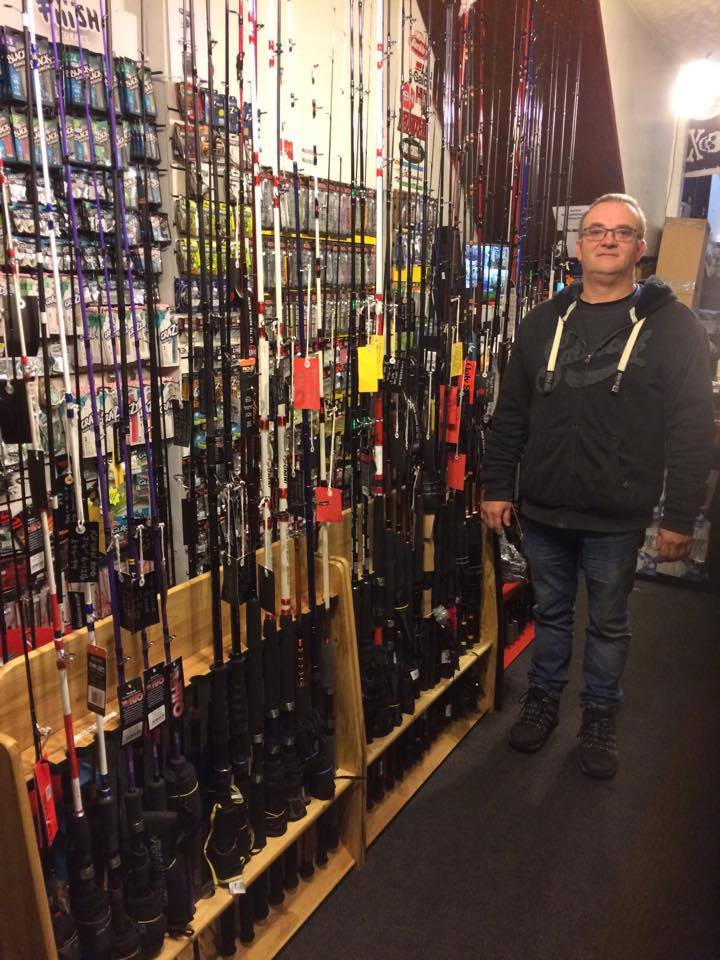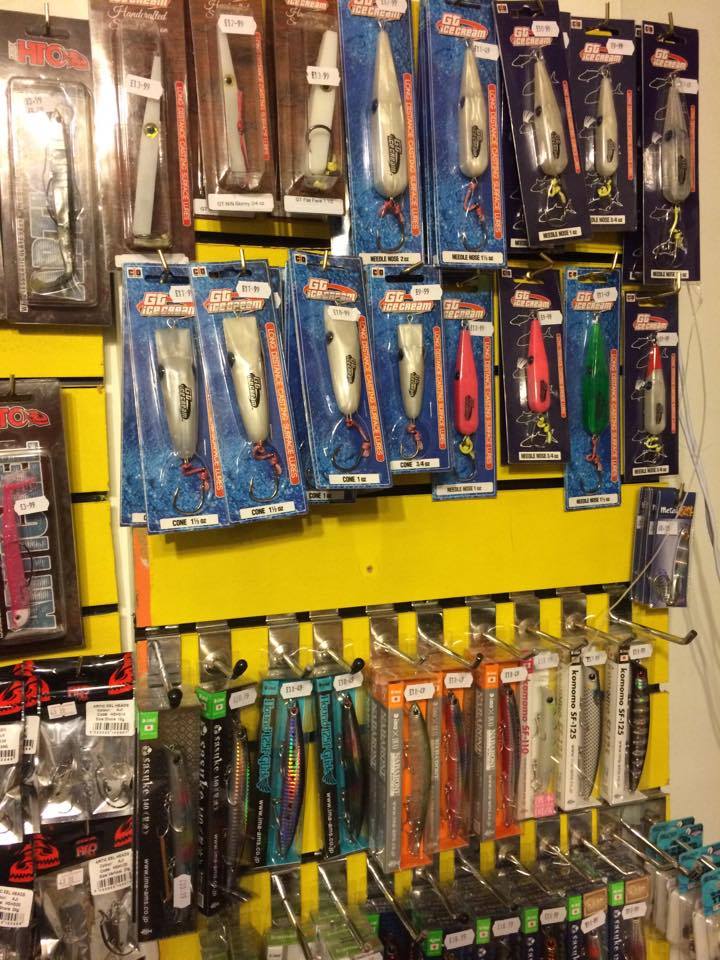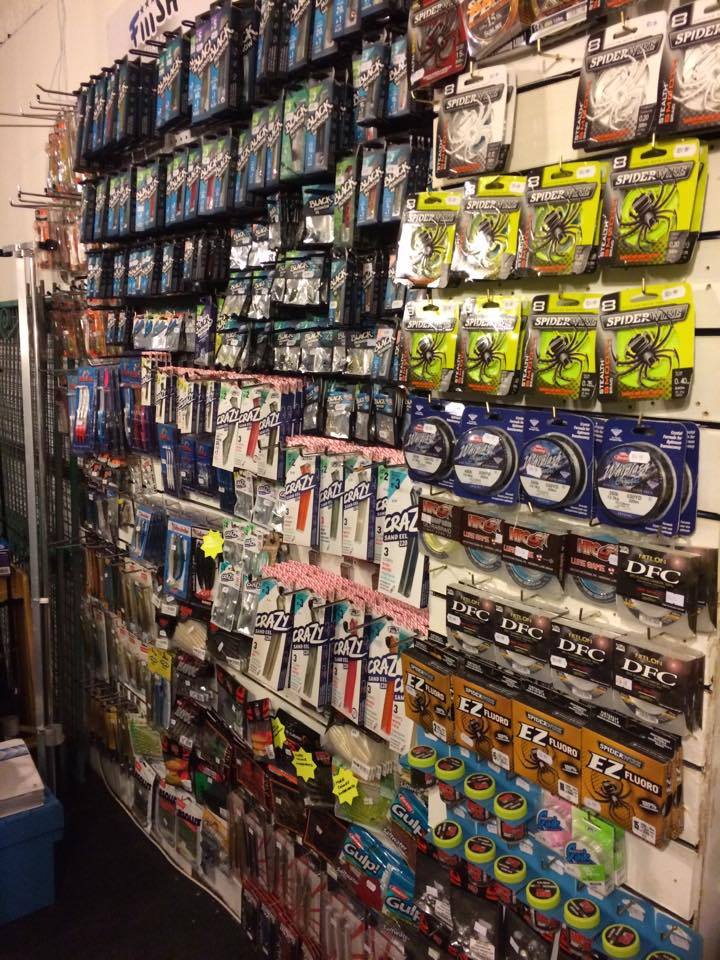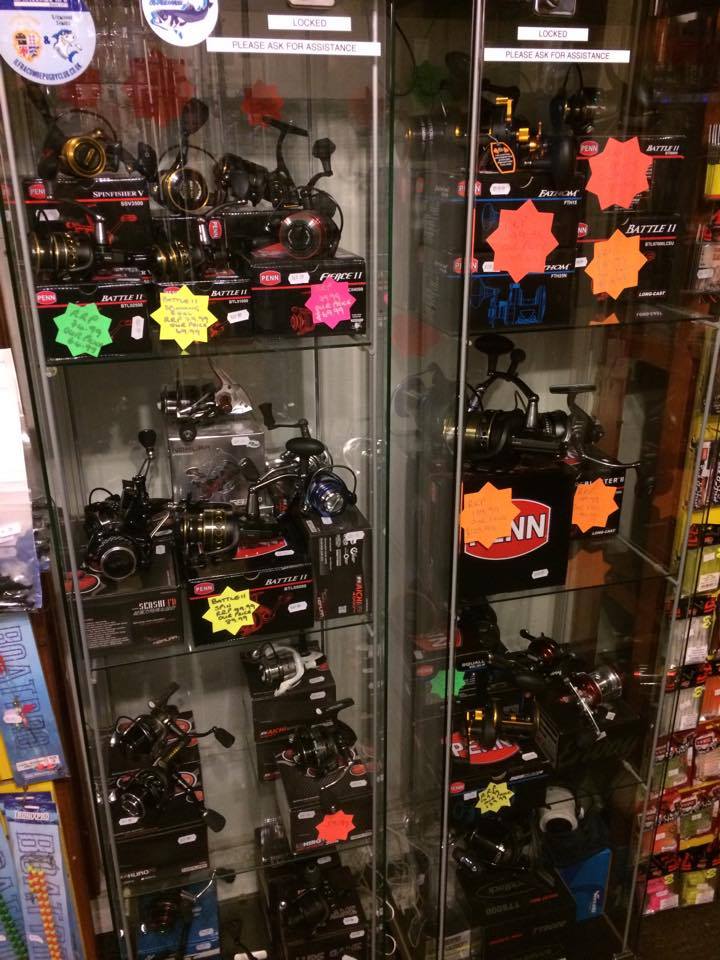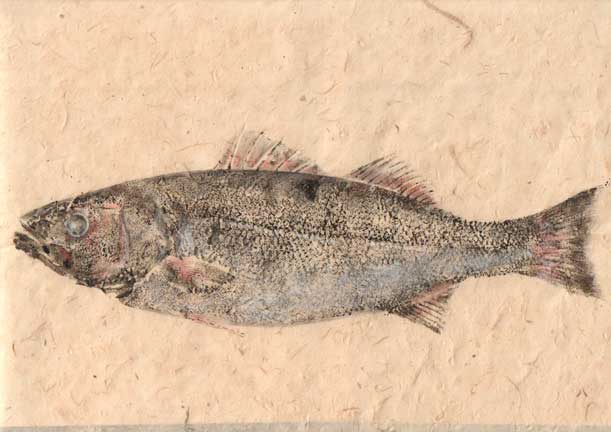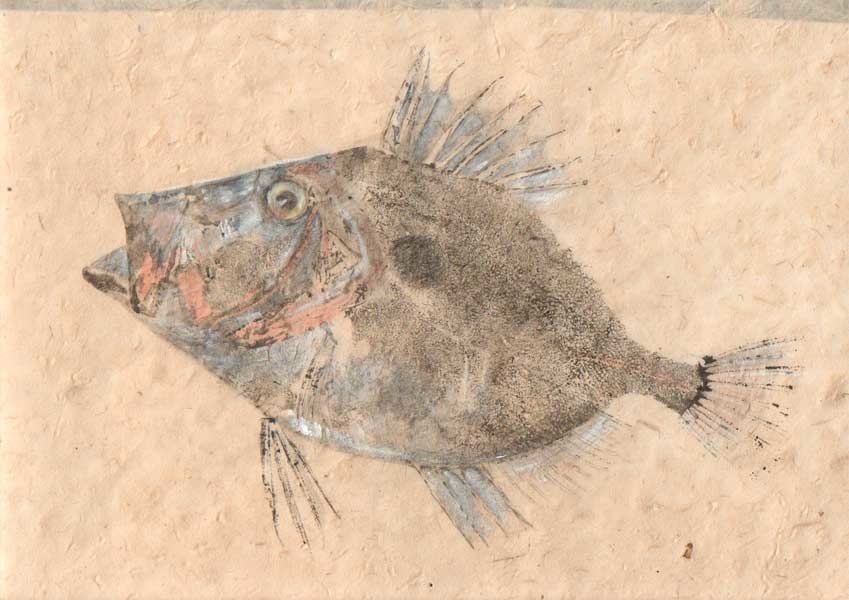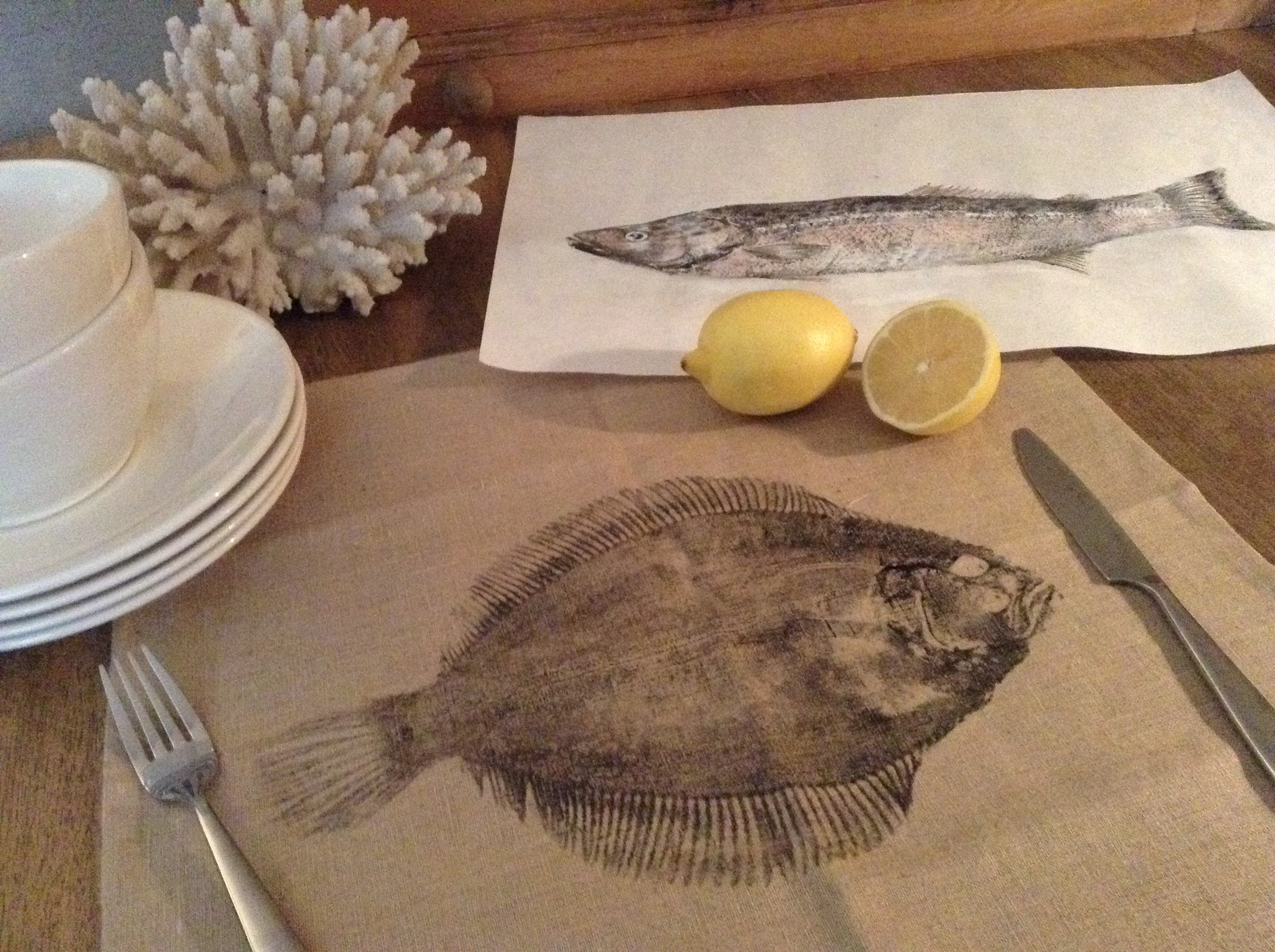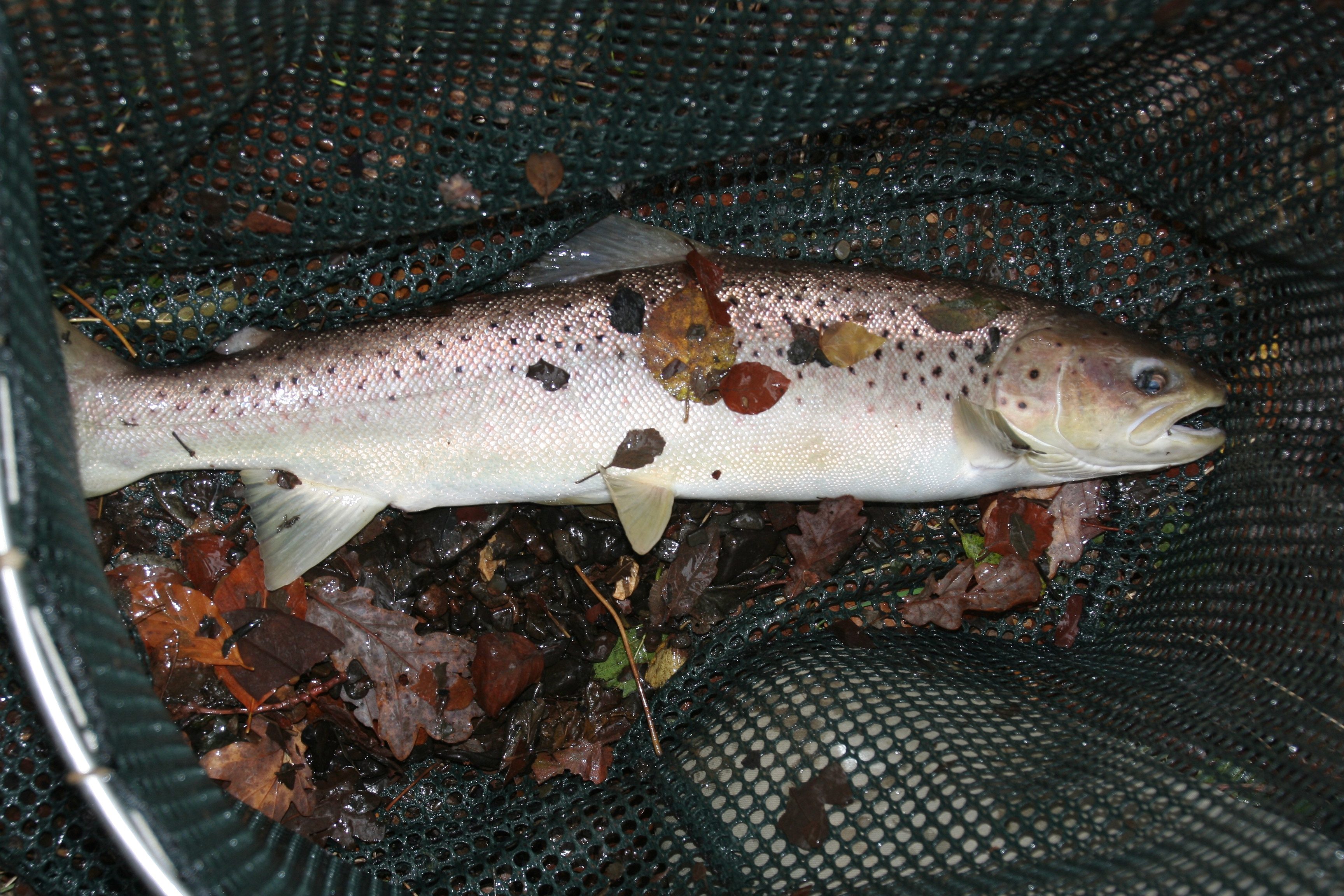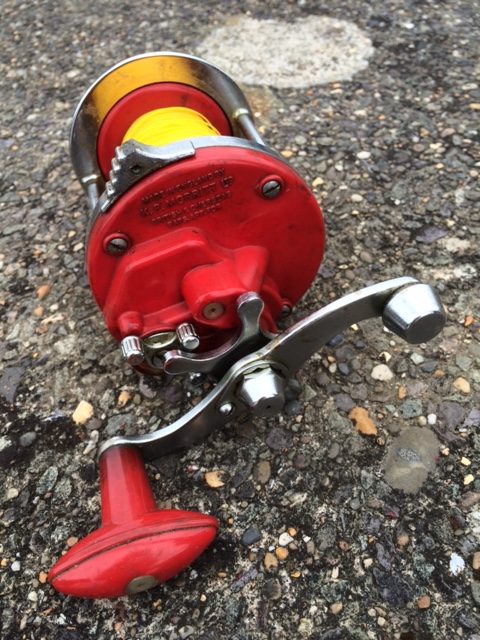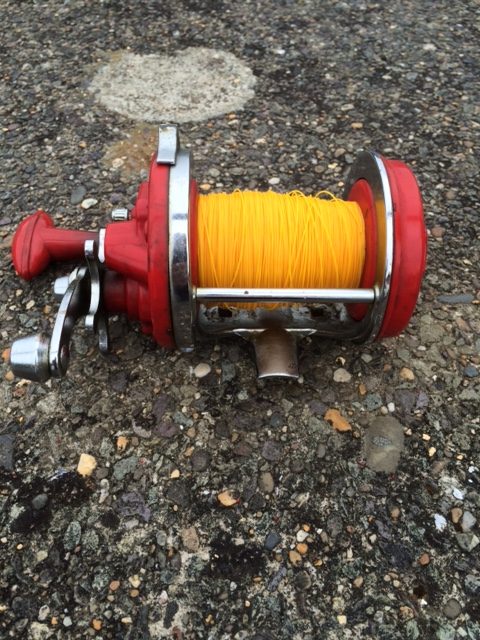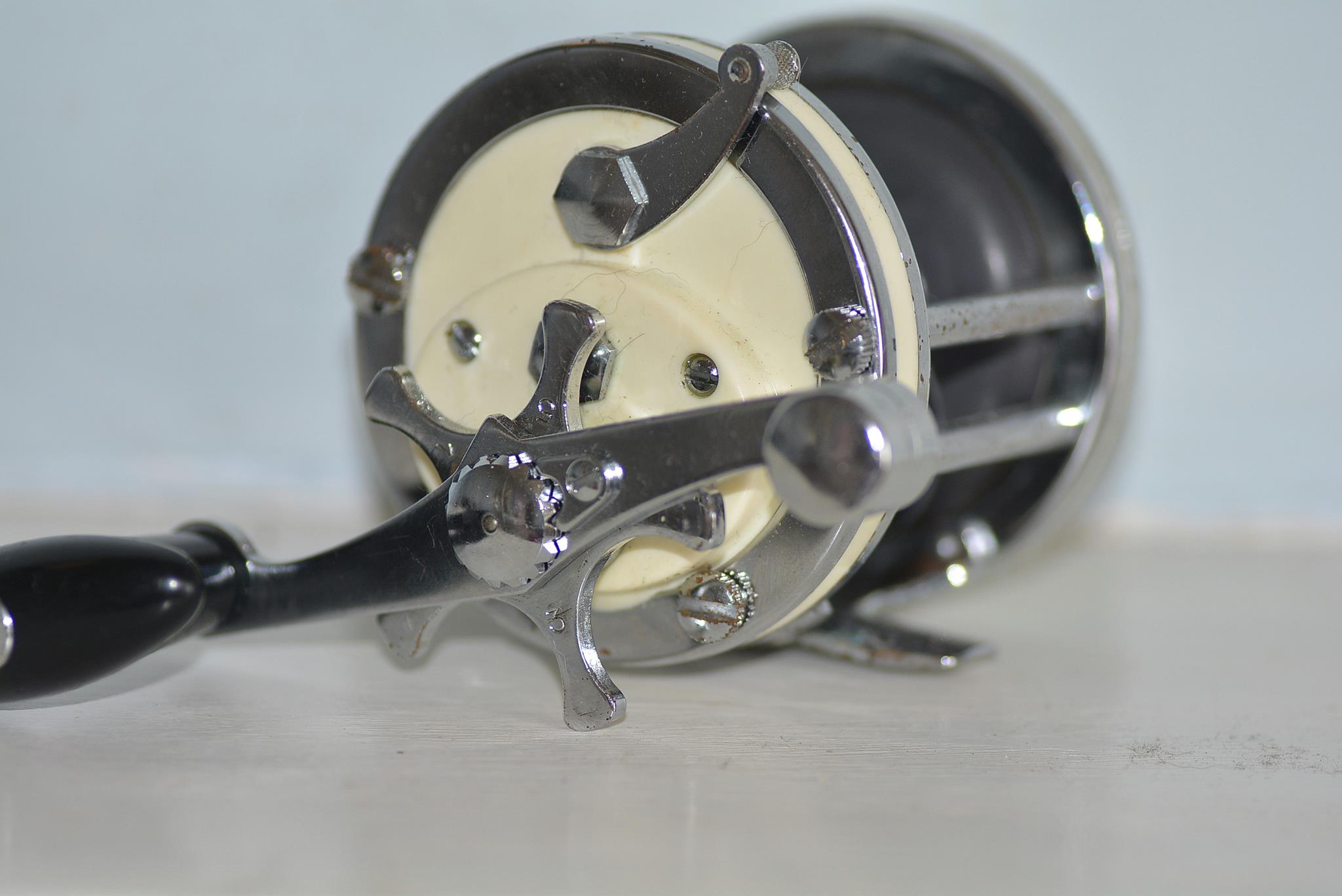The Pier

Ilfracombe pier is not a venue I often fish these days but it is a venue that has a certain appeal. I have many fond memories of the venue that has to be the most heavily fished venue along the North Devon coast and it is undoubtedly for this reason that it has over the years produced an outstanding track record.
Being a veteran I can of coarse remember the pier in its heyday when you could fish from the Victorian structure at any state of the tide in pretty well any weather conditions. The beauty of the pier was that you could turn up and fish being confidant that you would have company. It was the social hub of North Devon’s sea angling community easily accessible, safe and at times productive.
Of course back then we didn’t value what we had taking it for granted like many things in life that are only really appreciated in hindsight. I value the memories of those cold winter nights on the pier and witnessing some fine fish caught. I also look back with a tinge of sadness at the lovely people and characters I fished with who are no longer with us; I won’t mention names but those who were there will share my sentiments.
Ilfracombe lost a huge asset with the demolition of the pier a place where people fished and others strolled to watch us watching our rod tips. Some inquiring what we had caught, some understanding the fascination; others perplexed at the fools who wasted hours staring out to sea.
Those who were there in those distant days will still remember and visualize how it was when anyone mentions the North End or by the Club hut. Beneath the water there were of course always tales of the mighty conger that lurked within the structure eels that divers glimpsed as they explored. Strange that the biggest eel recorded at 42lb was caught from the pier in 2015 long after the pier was demolished.
( Note Chris Wilson refers to an eel of 56lb has anyone got a record of that?)
I fished the pier with Rob Scoines on October 26th the main reason I chose the venue was because I had a few leftover harbour ragworm left from a flounder fishing excursion. With news of a few red mullet being caught I thought why not try the pier might even catch a sole. It was a very calm mild night after a week or so of easterly winds. We offloaded the van and ambled the few yards to the lower landings. There were a handful of other anglers already set up in the hot spot on the corner so we set up where there was space.

I fished two rods one with small worm baits the other with a larger offering of mackerel, to be exchanged for a fresh pouting shortly after catching one on the worm baits. The worm baits brought a steady succession of small whiting, tiny pouting and a solitary dab. Danny Watson from High Street Tackle chatted enthusiastically about prospects for the coming winter. Fellow CMSAC member Ross Stanway turned up with his young son Charlie. We chatted about old times and made plans for future forays. Young Charlie caught a few whiting; bringing a smile to his face.
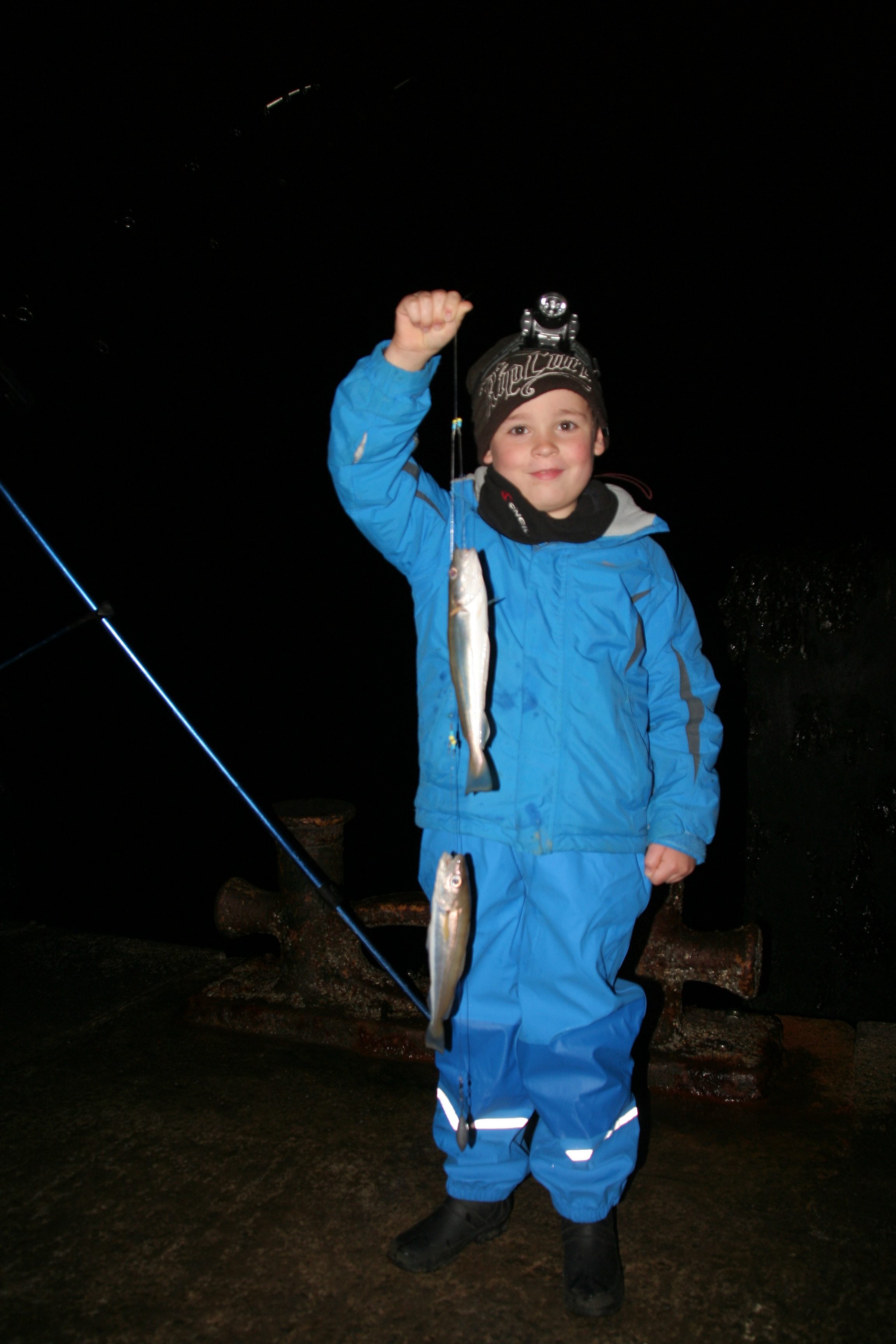
When we packed away at the end of the night beneath the deviant structure of Damien’s Verity Rob commented that it wasn’t his favorite venue. It’s not mine and the fishing was poor but it still has a certain value as an easy sociable venue where good fish are sometimes caught.


